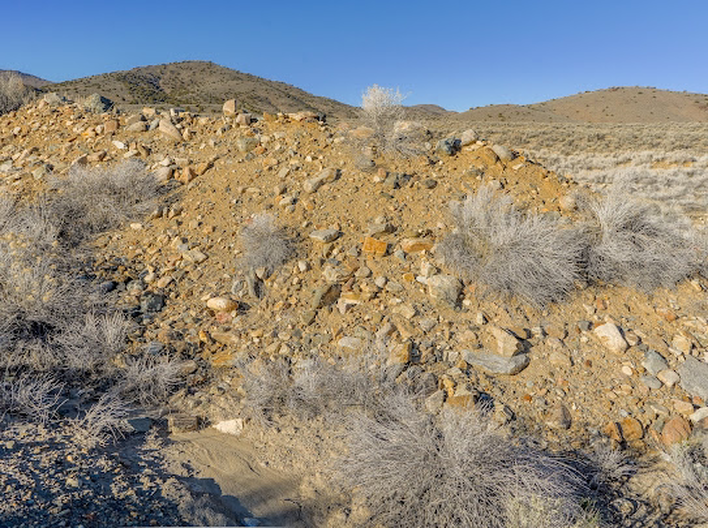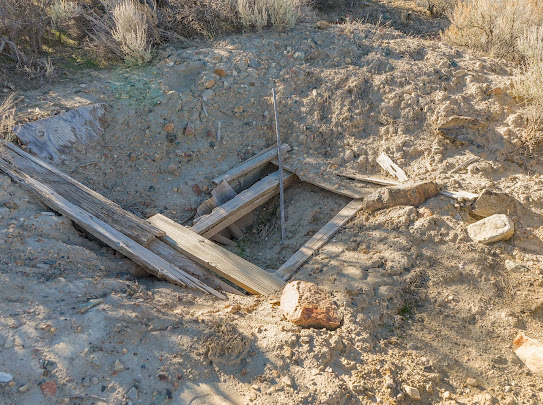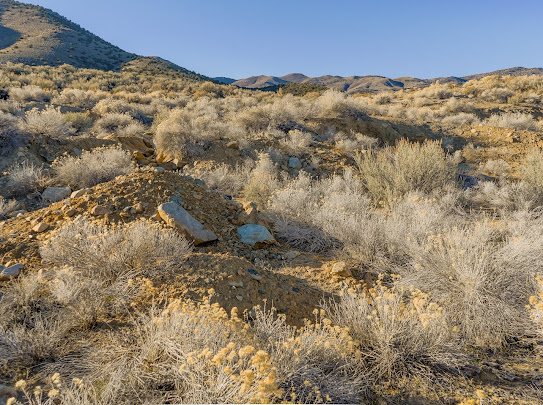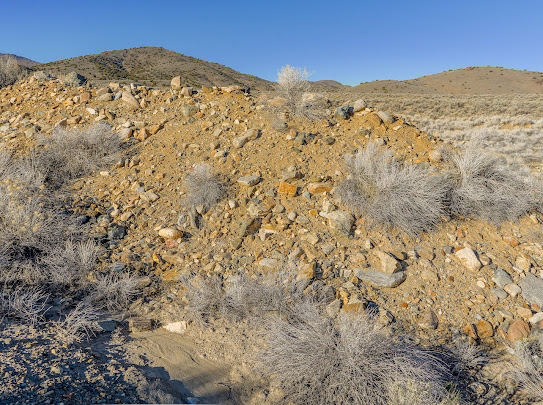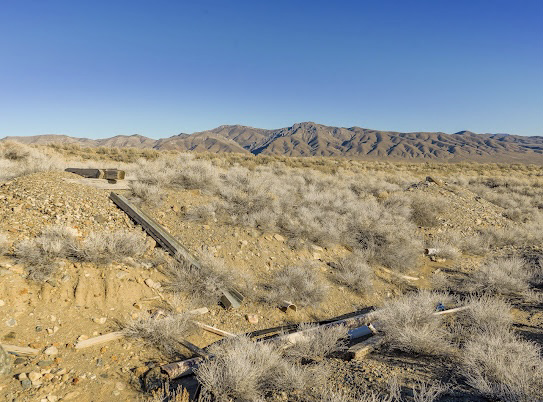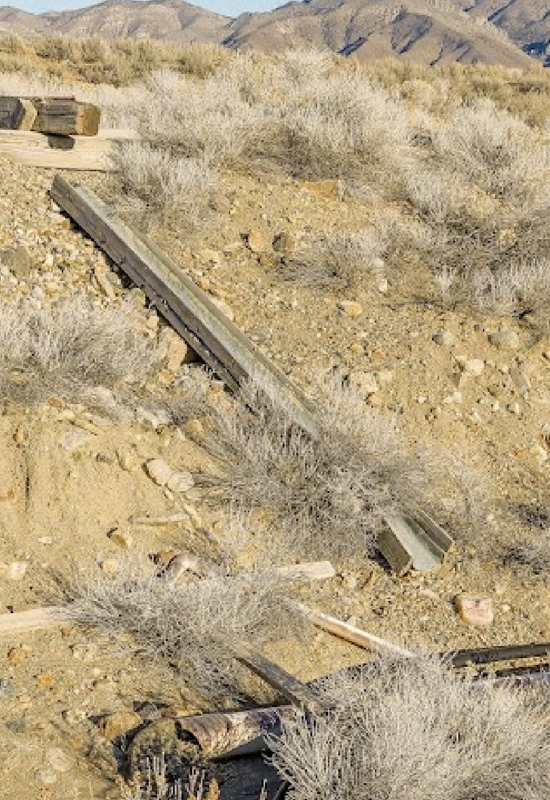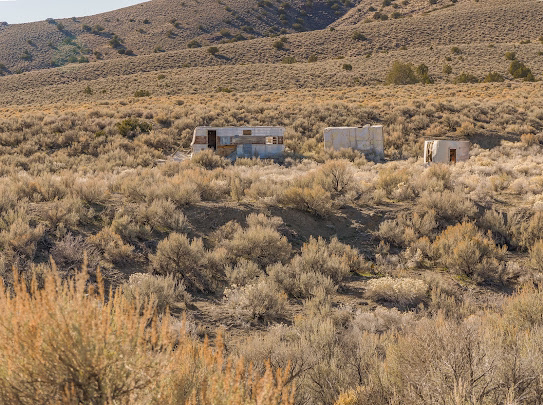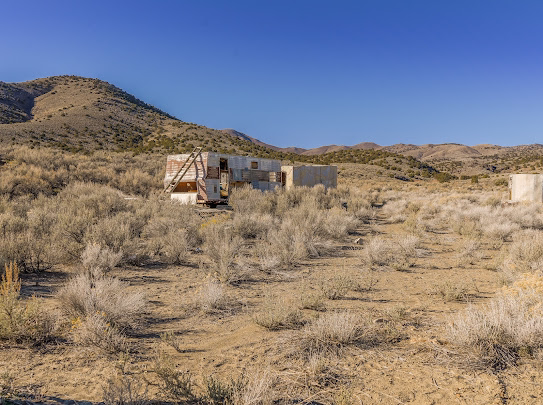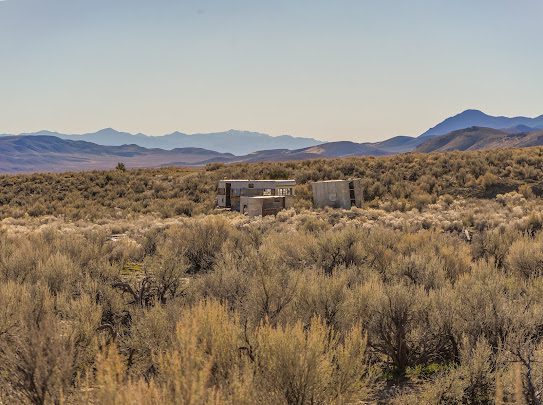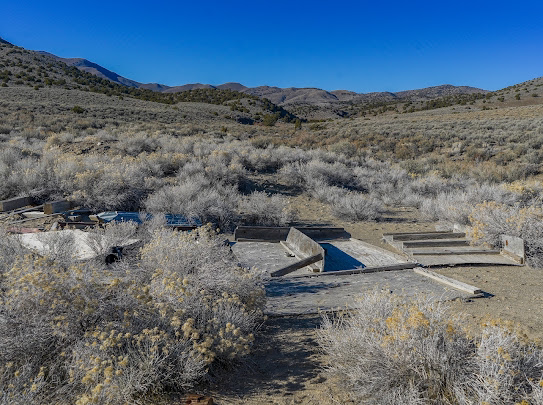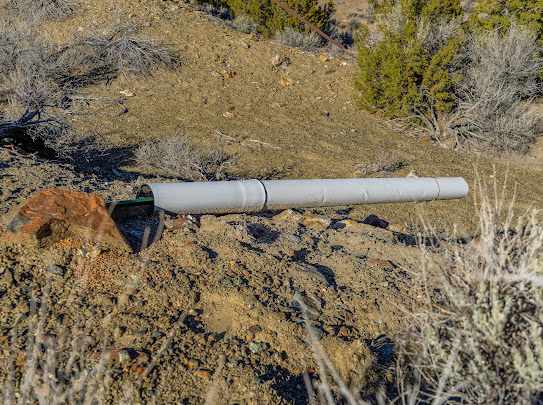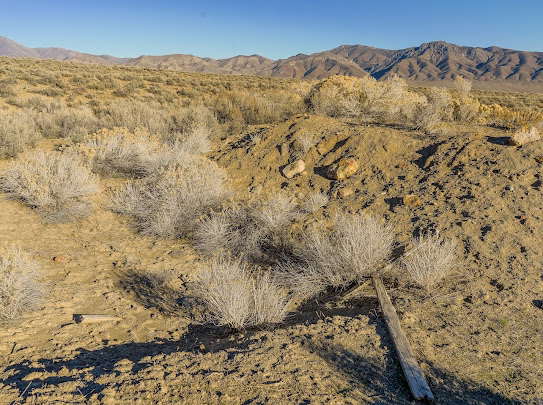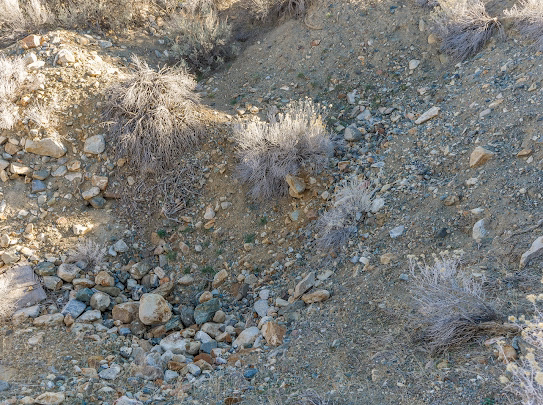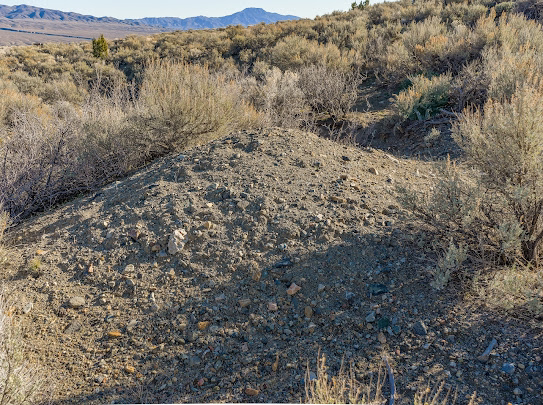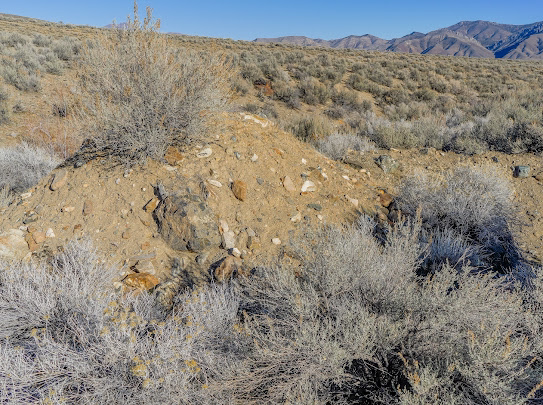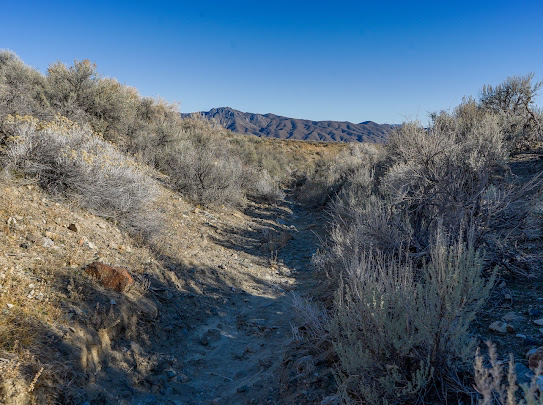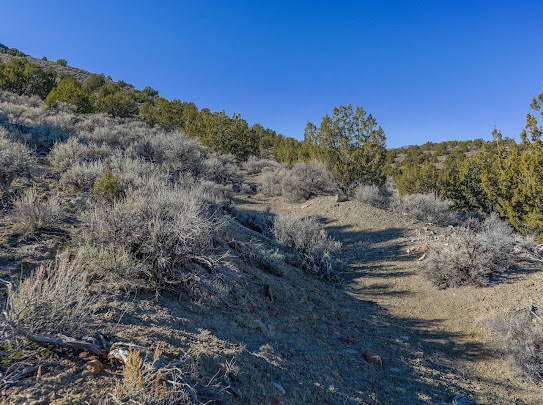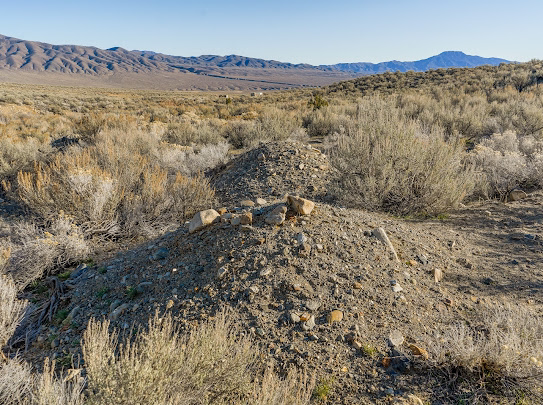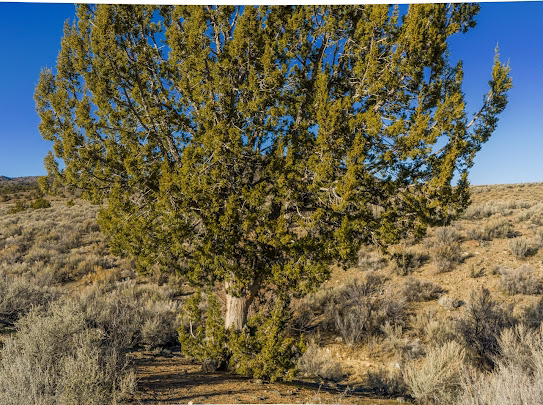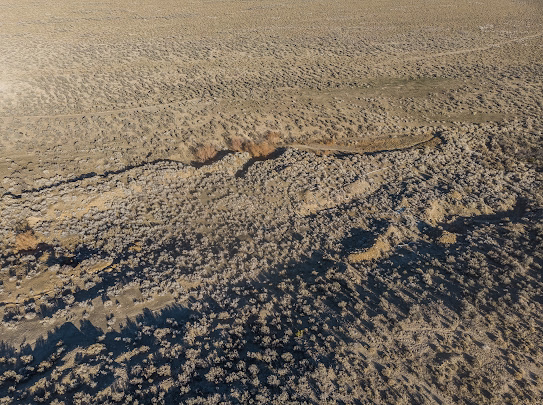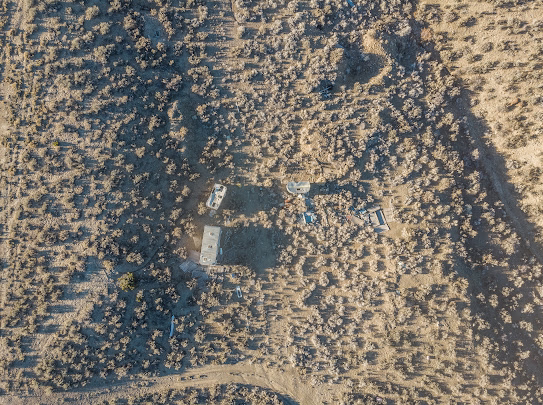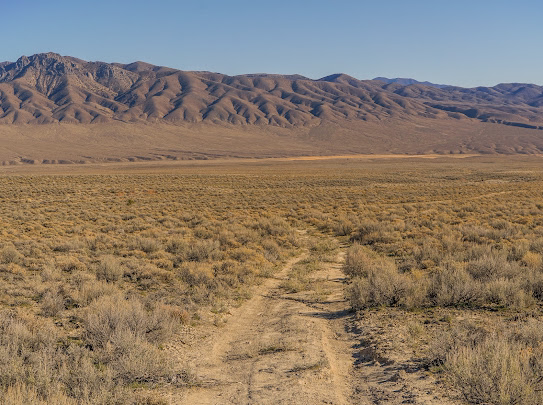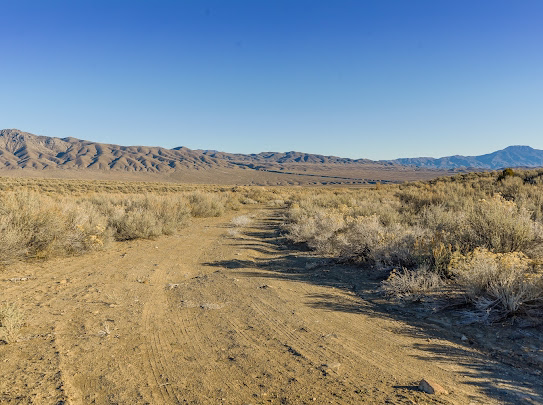The Kennedy Placer
(Placer)
(20 acres)
Pershing County, Nevada
$21,000
Now Available!
(Placer)
(20 acres)
Pershing County, Nevada
$21,000
Now Available!
• Primary Commodities: Gold
• Claim designation: un-patented Placer
• Size: 20 acres
• Location: Pershing County, Nevada
- Financing available with $1500 down and monthly payments of $155.00
- Direct purchase options available
The Kennedy Placer is a documented mineral property in the Kennedy Mining district of Pershing County, Nevada.
Featuring 20 acres of Gold bearing valley, seasonal water, remnants of a large ground-sluicing operation from the 1980s, commodity reserves in excess of 750,000 yards, and excellent access.
Historically located in the early 1890s, the Kennedy district has little surviving record of past production.
As with most districts at the time, profit production by smaller operations was commonly undocumented.
USGS documentation acknowledges the active placer deposits, as well as lode sources such as the Gold Note mine further north, though company production records seem to have been completely omitted or lost.
Tailings piles from the sluicing operation and drift mines are estimated at over 3000 yards of screened gravels and soil with secondary Gold reserves estimates of 0.10g-to-0.75g per yard: equating (to $153,000 at 0.10grams per yard at a spot commodity price of $17,000 per ounce at the time of property listing).
The primary deposit consists of auriferous alluvial gravel beds surrounding Kennedy Creek.
Water level deposits, upper terrace deposits, and bedrock deposits are available for exploration and extraction during both the wet (spring) and dry(summer) seasons.
Lode/original source values eroded from the upper elevation hillside quartz veins, as the creek cut through the valley topography and eroded the underground deposits throughout the ages of water flow.
The previous mining operations, including both surface sluicing and underground drift mining, had been dependent upon water availability. Hundreds of feet of plastic piping were utilized by pumps and irrigation devices for the Long-Tom sluice during the 1980s.
The wooden drop riffle sluicing method was at the time effective, though at a relative Gold capture rate of 55%-78%, dependent upon operator skills. As with most past productions, excessive flower Gold was lost in the screened tailings, as well as through the wash plant.
This location provides a perfect opportunity to utilize modern dry washing and metal-detecting technology for enhanced Gold recovery during the dry season, as well as standard sluicing/dredging during the spring.
The staging area features a wide open space, and remnants of three vintage Campers and collapsed wooden sheds adjacent to the primary workings.
The secluded area topography masks the camp and its workings from road views.
A one-of-a-kind location for an established mining company or beginning enthusiast with high return expectations.
Featuring 20 acres of Gold bearing valley, seasonal water, remnants of a large ground-sluicing operation from the 1980s, commodity reserves in excess of 750,000 yards, and excellent access.
- Designated as the largest placer Gold deposit in the district, the Kennedy boasts over 18 acres of ground sluicing operations, underground drift mining remnants, and Gold values estimated at [0.5-to-6.5 grams of Gold per yard].
Historically located in the early 1890s, the Kennedy district has little surviving record of past production.
As with most districts at the time, profit production by smaller operations was commonly undocumented.
USGS documentation acknowledges the active placer deposits, as well as lode sources such as the Gold Note mine further north, though company production records seem to have been completely omitted or lost.
- Primary workings consist of a large ground sluicing operation along a creek-bed terrace deposit. Surface cuts dug back to back in the gravels provided "pay dirt" for the (Wooden Long-Tom wash plant).
- Secondary workings consist of one underground mine shaft, driven into the terrace gravel beds in search of increased Gold values from past flood plains. Shafts are estimated to range between 50' -to 200' in original depth.
- Given the original workings comprised nearly 18 acres of area, and cut the deposit at a general depth of 5'-to-8' feet( excluding the drift shafts), an estimated reserve of over 750,000 yards of untouched deposit reserve is available in the initial 20' of the parcel surface alone.
- Estimated primary reserves worth $193,181,800 at the minimum estimate of 0.5 grams of Gold per yard.
Tailings piles from the sluicing operation and drift mines are estimated at over 3000 yards of screened gravels and soil with secondary Gold reserves estimates of 0.10g-to-0.75g per yard: equating (to $153,000 at 0.10grams per yard at a spot commodity price of $17,000 per ounce at the time of property listing).
The primary deposit consists of auriferous alluvial gravel beds surrounding Kennedy Creek.
Water level deposits, upper terrace deposits, and bedrock deposits are available for exploration and extraction during both the wet (spring) and dry(summer) seasons.
Lode/original source values eroded from the upper elevation hillside quartz veins, as the creek cut through the valley topography and eroded the underground deposits throughout the ages of water flow.
The previous mining operations, including both surface sluicing and underground drift mining, had been dependent upon water availability. Hundreds of feet of plastic piping were utilized by pumps and irrigation devices for the Long-Tom sluice during the 1980s.
The wooden drop riffle sluicing method was at the time effective, though at a relative Gold capture rate of 55%-78%, dependent upon operator skills. As with most past productions, excessive flower Gold was lost in the screened tailings, as well as through the wash plant.
This location provides a perfect opportunity to utilize modern dry washing and metal-detecting technology for enhanced Gold recovery during the dry season, as well as standard sluicing/dredging during the spring.
The staging area features a wide open space, and remnants of three vintage Campers and collapsed wooden sheds adjacent to the primary workings.
The secluded area topography masks the camp and its workings from road views.
- Access to the area is available to most 2wd and any 4x4 vehicle.
- Parking and staging area is suitable for multiple vehicles and campers
A one-of-a-kind location for an established mining company or beginning enthusiast with high return expectations.
